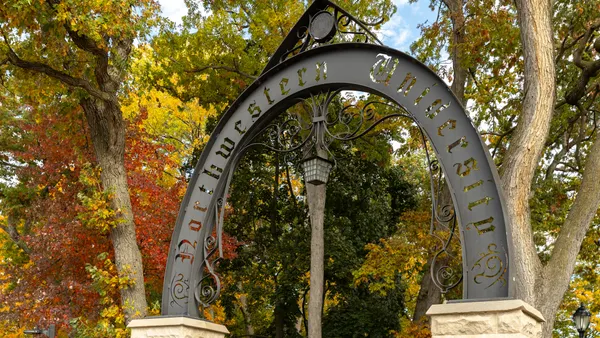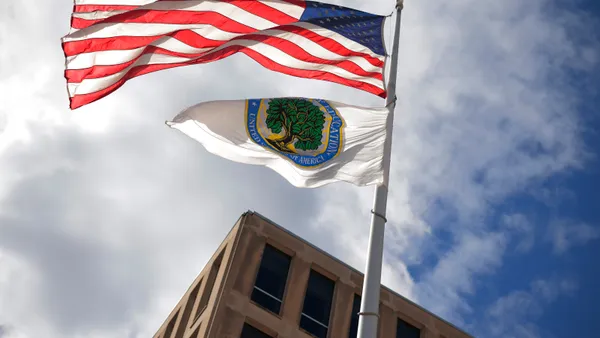Dive Brief:
- The Trump administration’s restrictive policies for international students present a financial risk for many U.S. colleges by potentially deterring them from enrolling, Moody’s analysts said in a recent report.
- Analysts pointed to visa disruptions, increased scrutiny of social media accounts, changes to deportation rules, and recent travel bans and restrictions to the U.S. from 19 countries. The Trump administration has also created confusion around visas for Chinese students, who account for nearly a quarter of international students.
- While the impact on upcoming academic terms remains unclear, the changing policies are “diminishing the perception of the US as a prime destination for higher education,” the analysts said.
Dive Insight:
Colleges have been bracing for potential revenue and enrollment hits since the second Trump administration quickly struck an aggressive approach to immigration and international students.
When the administration moved to bar Harvard University from enrolling international students, the private institution sought and won a court order temporarily blocking the move the next day.
The ongoing legal spat underscores just how critical international enrollment is for the Ivy League university. In the 2024-25 academic year, Harvard’s roughly 6,800 foreign students made up 27.2% of the university’s total student body.
And just this week, George Washington University cited, among other federal moves, a slowdown in visa processing and President Donald Trump’s travel bans when explaining the need for painful budget measures, including possible layoffs.
International students make up over 20% of enrollment at 11% of the colleges rated by Moody’s. But that figure may understate the financial impact of lower international enrollment.
Foreign students typically pay full tuition and fees at colleges, noted Moody’s analysts Debra Roane, vice president and senior credit officer, and Emily Raimes, associate managing director. And they do so at a time when the ranks of traditional-age college students are projected to decline significantly in the coming years.
“Universities intending to fill the gap with more international students may fall short,” Roane and Raimes said in the report.
The analysts ran a stress test on colleges rated by Moody’s to look at the financial impact of international student enrollment declines. Given a 10% drop in international enrollment, 54 out 392 institutions would suffer a hit to a measure of their operating performance of at least half a percentage point. Seven of those colleges would see those margins decrease by two to eight percentage points.
With a 20% drop in international enrollment, 130 colleges would lose at least half a percentage point from their margins, and 18 among them would lose two to eight points. Those with already low margins could face “significant financial stress,” Roane and Raimes said.
The analysts noted, however, that highly selective colleges or those with considerable financial reserves might “better absorb the impacts by adjusting operations or increasing domestic enrollment.” Other prominent colleges might be able to mitigate international student declines through alternative revenue sources like fundraising and endowment spending.
But others could have a much tougher time. Roane and Raimes pointed to specialty institutions, such as arts colleges — which are already facing a tough environment — whose student bodies can be over 30% international.













